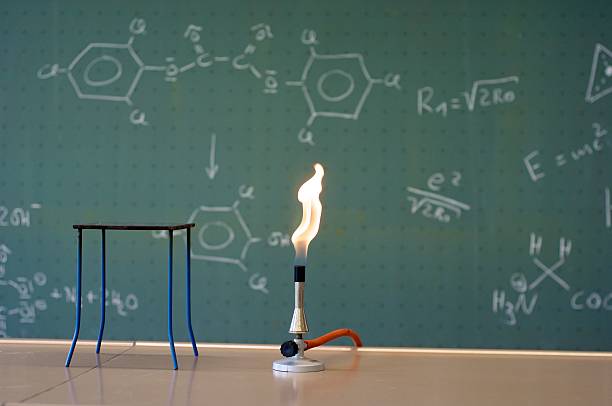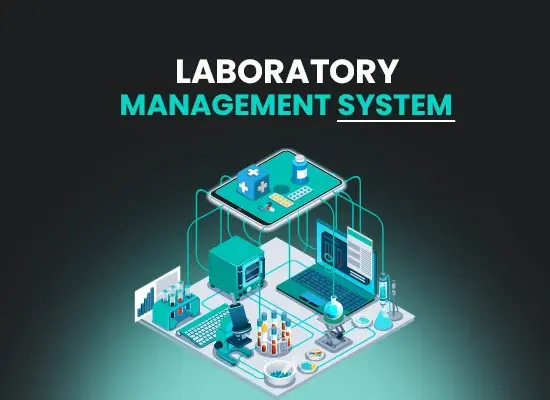Is that a Bunsen Burner Laboratory?

Hello Lab BlogHere, I'm going to explain to you a laboratory tool called the Bunsen burner device, here I'm going to explain what it is. bunsen burnerWhat it does, and how to use the bunsen burner. For that, it's his lecture.
Bunsen burn history
In 1852, Robert Bunsen started working for Heidelberg University. That same year, the public gas lighting system in the city was being applied. Hiedelberg University also adopted this innovation and put it in its laboratory, to operate the lighter. Until finally, in 1854, the university lab was still under construction, so Bunsen made some suggestions about the same design and structure. This year he asked Peter Desaga to make a lighter model. (source: analytical .co.id)
Bunsen burning image
For the tool form you can see through the following images below:

Bunsen burner definition
The Bunsen arsonist, named after Robert Bunsen, is a public lab tool that produces a single open gas flame, which is used for utilization, sterilization, and arson. Gas used can be a natural gas or liquid gas fuel, like propane, butane, or both mixed together. (Source: wikipedia.org)
Bunsen burner function
Inside the chemical lab, a bunsen burner is used for some chemical processes that require warming inside. Particularly in analytical chemistry, bunsen burners are used in qualitative tests to heat the reaction tube. Bunsen burners are usually used to test the samples whether they contain alkali / alkali soil. The samples that would have been burned with constant flames for some time. If the sample is metal, it gives you a different color. (source: amongguru.com)
Bunsen burner workings
The principle of the bunsen heater depends on its ability to mix gas (or other fuel) with the oxygen before it is turned on (creating air and gas mix before burning). This was done by using the entry valve at the bottom of the burner column. Mixed then ignited at the top of the column. (source: centralibrasiindustri.com)
Bunsen burner sections
The following is part of the Bunsen burner, among which is:
- Rubber tubing or hose, which works to drain gas from the main gas tube into bunsen.
- Inlet gas, which serves as a gas entrance into a bunsen
- The tap gas, which is the main gas control valve to the bunsen.
- Base, which is usually made of metal that can withstand fire.
- Air hole, which works to set air in bunsen. So we can determine whether the color is red, blue, yellow, orange is through hoolebut this hole is controlled by a metal that covers it called coral, and on top of it is a barrel, which serves as a fire escape from a bunsen,
- Coral, which acts as a valve or an air controller that goes into a bunsen becomes an incoming oxygen air that can be regulated by this device. (source: centralibrasiindustri.com)
How to use the Bunsen burner
Here's how to use the right bunsen burner, which is:
1. Preparation Stage
- Suit up.
This self-defense suit is a lab suit that doesn't heat up fast, masks to keep the gas out of it, and gloves from holding hot objects directly. - Check the bunsen to use
Notice the whole bunsen section, if there's a crack, tilt, or sash valve, immediately report it with a supervisor and swap it with a safe to use. - Make sure the gas valve is connected to the main gas and locked perfectly
It also needs to be noticed before turning on the bunsen, because if it hasn't been completely locked, the gas will fill the room when you pull the fire trigger, fire doesn't strike the gas that has filled the room.
2. Core Stage (Turn on Bunsen)
- Open the needle valve under the bunsen
The needle valve at the bottom of the bunsen and listen to the gas hiss coming out of the end of the bunsen. When the gas hiss is lit, the bunsen is ready to go. - Turn it on with a brim with a low position (cm 4 cm)
When lighting the fire, position the top of the vertical tube bunsen at a distance that's not too far away and not too close from the bunsen. - Adjust the size of a fire with needle valves and heat with an air barrel.
The needle valve can be opened or closed to regulate the size of the fire. When it closes, it gets smaller and when it opens, it gets bigger. As for the air barrel used to insert oxygen, as it closes the air barrels will have a little bit of oxygen a red flame, as it slowly opens, oxygen starts to enter and fire is blue. The more blue the color of fire, the more oxygen there is. The color of blue fire is very hot up to thousands of degrees Celsius.
3. Final Stage
- Once we're done with it, turn off the gas source.
When it's done, don't forget to shut down the gas source so that no gas is wasted and the bunsen isn't too hot. - If the bunsen still feels hot, wait till it's cold.
When shutting down the gas source, don't touch the bunsen, the bunsen is still hot and it takes some time for the temperature to be safely touched. - Close the needle valve by turning it clockwise
Don't forget to reseal the needle valve under the bunsen by turning it clockwise. - Keep the bunsen in the dry and clean the probation table.
When all is done, keep the bunsen in the dry. Clean up the test table to keep it clean. (source: brainly.co.id)
Now that's a couple of stages of how to use a good bunsen and right. Please try the steps that I pass on above, hopefully useful.
Bunsen burner price
And for those of you who want to buy the Bunsen burner device to know the cost of information, you can check the online store below:
Conclusion
Now that's what I can tell you about Laboratory recognition Which is the Bunsen burner, hopefully this article will do you some good. Thank you.





